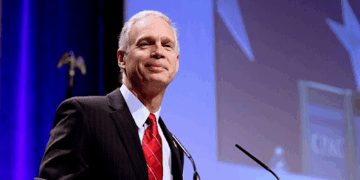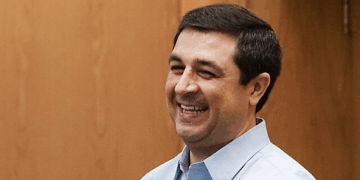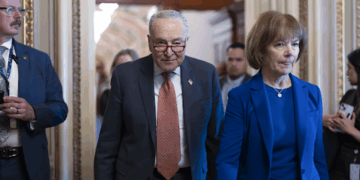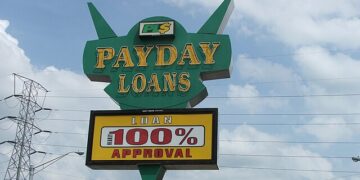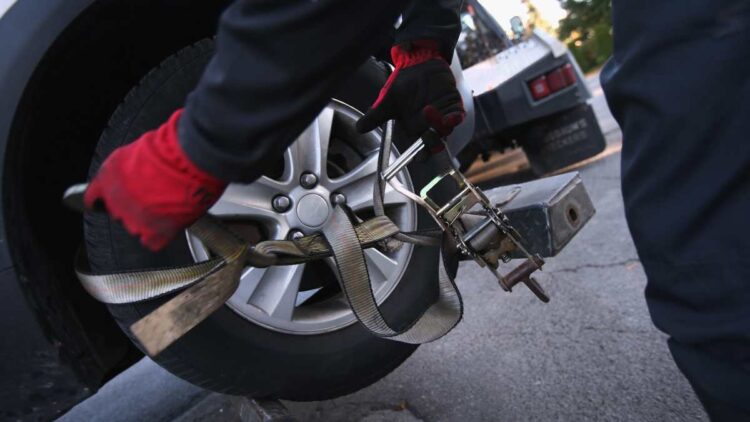Car repossessions have surged dramatically in the first half of 2024, underscoring growing financial strain among consumers as the Federal Reserve deliberates on potential interest rate cuts. According to recent data from Cox Automotive, repossessions have increased by 23% compared to the same period last year, painting a concerning picture of the average American’s financial health.
The spike in repossessions comes at a time when high interest rates and persistent inflation are exerting significant pressure on household budgets. The financial squeeze has made it increasingly difficult for many consumers to keep up with their auto loan payments, leading to a marked rise in vehicle seizures. This trend, which began to gain momentum last year, has now reached a critical point, providing a stark indicator of the broader economic challenges faced by many families.
Repossessions happen when car payments are missed, typically for two to three months. The car market has encountered several difficulties this year, from declining prices early in the year to a major cyber attack in June. However, there have been some encouraging developments for used car dealers, as wholesale used-vehicle prices rose by 1.8% in early June, indicating modest growth. Data from Edmunds, a leading automotive information website, shows that the annual percentage rates (APR) for used and new vehicles in June 2024 were 7.3% and 11.5%.
The rise in repossessions highlights the delicate balance that the Federal Reserve must navigate. As policymakers consider interest rate cuts to stimulate the economy, the current financial distress among consumers cannot be ignored. The uptick in vehicle repossessions is not just a statistic; it reflects real struggles for many Americans who are grappling with the dual pressures of high borrowing costs and rising prices for everyday goods and services.
Inflation has been a persistent issue since COVID-19, eroding purchasing power and making it harder for consumers to manage their finances. Coupled with higher interest rates, which increase the cost of borrowing, the economic environment has become particularly challenging for those with auto loans. The increase in repossessions is a direct consequence of these pressures, indicating that many consumers are reaching a breaking point.
For the Federal Reserve, the rise in car repossessions adds another layer of complexity to their decision-making process. While lowering interest rates could provide some relief by reducing borrowing costs, it also carries the risk of further fueling inflation.
The significant rise in car repossessions in the first half of 2024 serves as a stark reminder of the financial challenges faced by many Americans. As the Federal Reserve contemplates interest rate adjustments, the needs of consumers struggling to make ends meet will undoubtedly play a crucial role in shaping their decisions. This surge in repossessions is a clear signal that American consumers are tapped out and are struggling to meet their basic needs in this economy.

